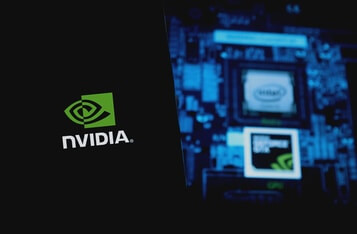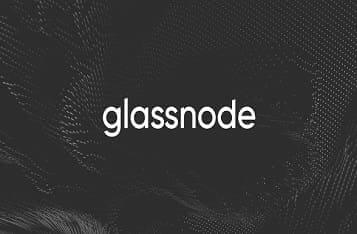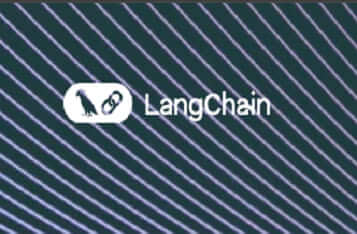NVIDIA NIM Simplifies Multimodal Information Retrieval with VLM-Based Systems
The ever-evolving landscape of artificial intelligence continues to push the boundaries of data processing and retrieval. NVIDIA has unveiled a new approach to multimodal information retrieval, leveraging its NIM microservices to address the complexities of handling diverse data modalities, according to the company's official blog.
Multimodal AI Models: A New Frontier
Multimodal AI models are designed to process various data types, including text, images, tables, and more, in a cohesive manner. NVIDIA's Vision Language Model (VLM)-based system aims to streamline the retrieval of accurate information by integrating these data types into a unified framework. This approach significantly enhances the ability to generate comprehensive and coherent outputs across different formats.
Deploying with NVIDIA NIM
NVIDIA NIM microservices facilitate the deployment of AI foundation models across language, computer vision, and other domains. These services are designed to be deployed on NVIDIA-accelerated infrastructure, providing industry-standard APIs for seamless integration with popular AI development frameworks like LangChain and LlamaIndex. This infrastructure supports the deployment of a vision language model-based system capable of answering complex queries involving multiple data types.
Integrating LangGraph and LLMs
The system employs LangGraph, a state-of-the-art framework, along with the llama-3.2-90b-vision-instruct VLM and mistral-small-24B-instruct large language model (LLM). This combination allows for the processing and understanding of text, images, and tables, enabling the system to handle complex queries efficiently.
Advantages Over Traditional Systems
The VLM NIM microservice offers several advantages over traditional information retrieval systems. It enhances contextual understanding by processing lengthy and complex visual documents without losing coherence. Additionally, the integration of LangChain’s tool-calling capabilities allows the system to dynamically select and use external tools, improving data extraction and interpretation precision.
Structured Outputs for Enterprise Applications
The system is particularly beneficial for enterprise applications, generating structured outputs that ensure consistency and reliability in responses. This structured output is crucial for automating and integrating with other systems, reducing ambiguities that can arise from unstructured data.
Challenges and Solutions
As the volume of data increases, challenges related to scalability and computational costs arise. NVIDIA addresses these challenges through a hierarchical document reranking approach, which optimizes processing by dividing document summaries into manageable batches. This method ensures that all documents are considered without exceeding the model’s capacity, enhancing both scalability and efficiency.
Future Prospects
While the current system involves significant computational resources, the development of smaller, more efficient models is anticipated. These advancements promise to deliver similar performance levels at reduced costs, making the system more accessible and cost-effective for broader applications.
NVIDIA’s approach to multimodal information retrieval represents a significant step forward in handling complex data environments. By leveraging advanced AI models and robust infrastructure, NVIDIA is setting a new standard for efficient and effective data processing and retrieval systems.






